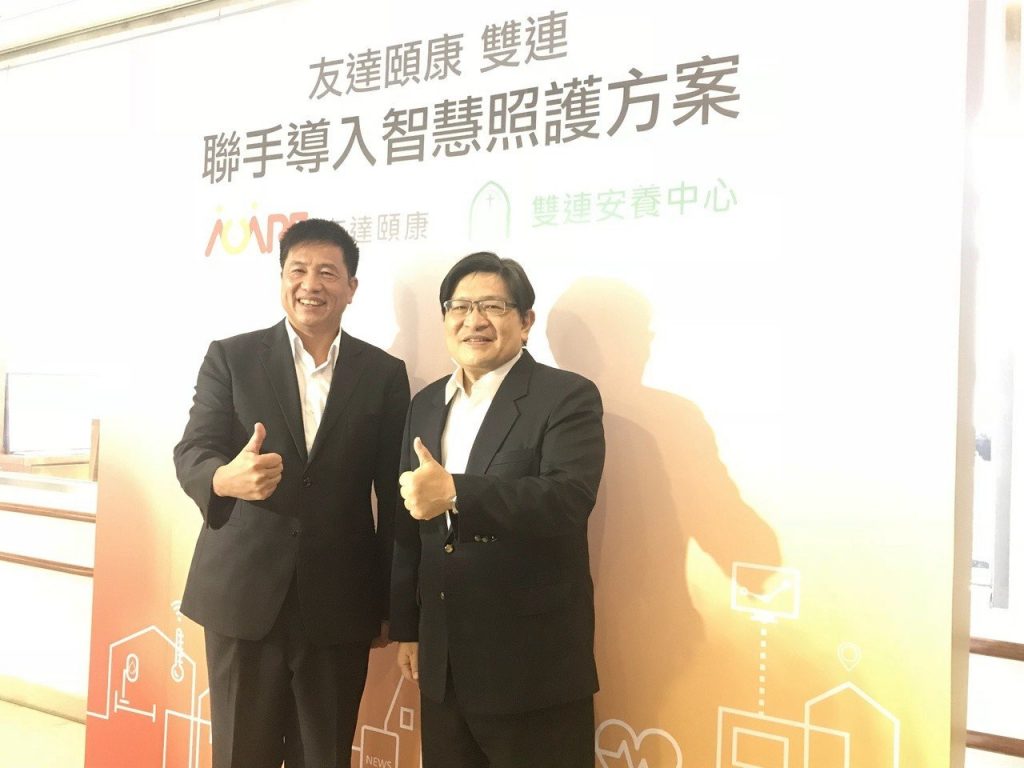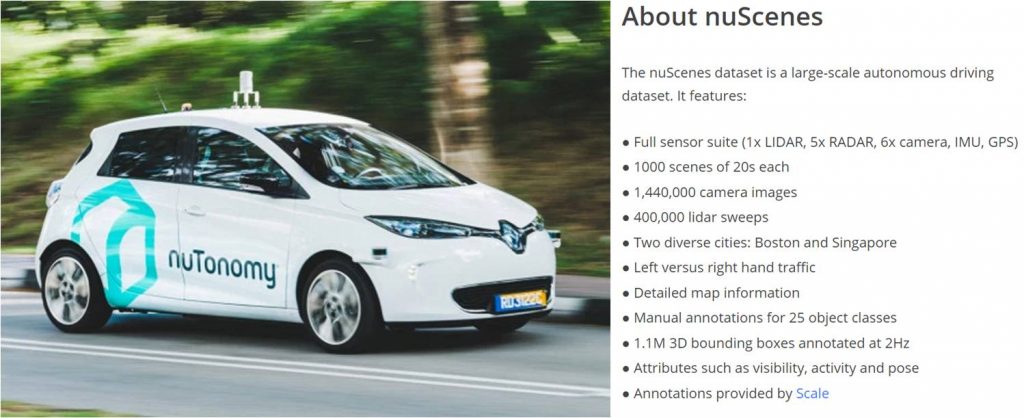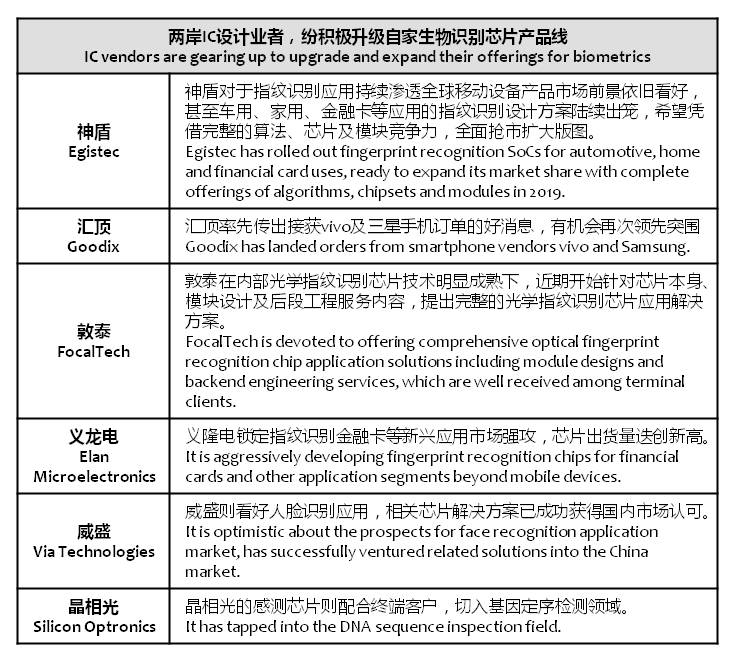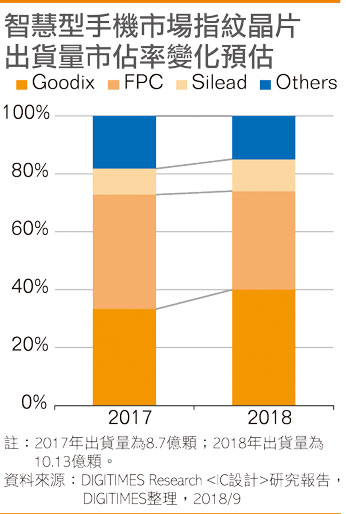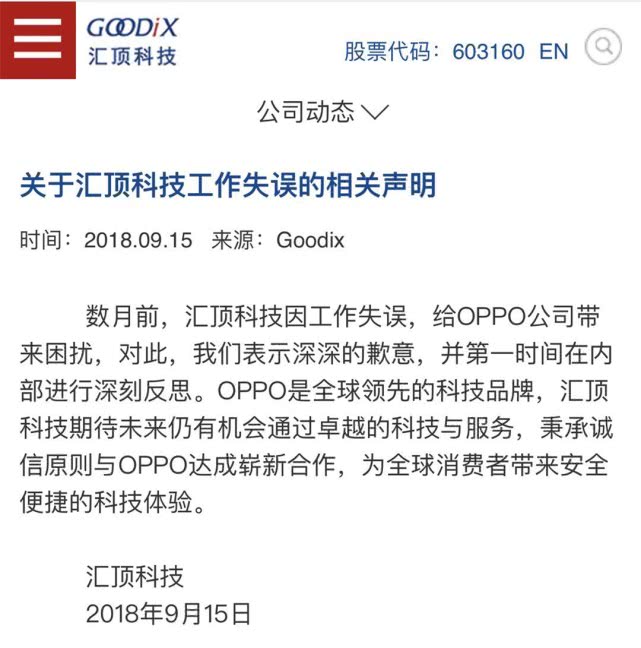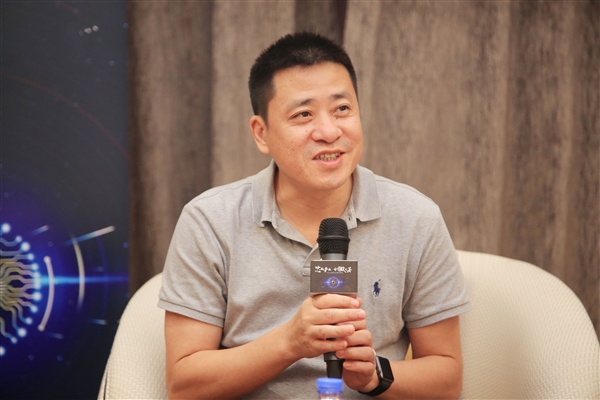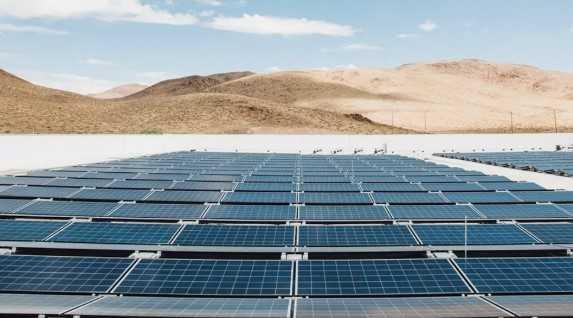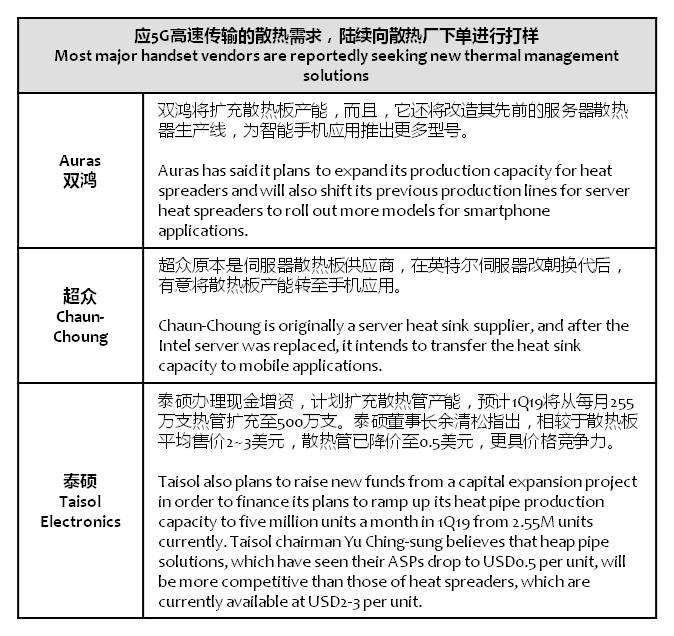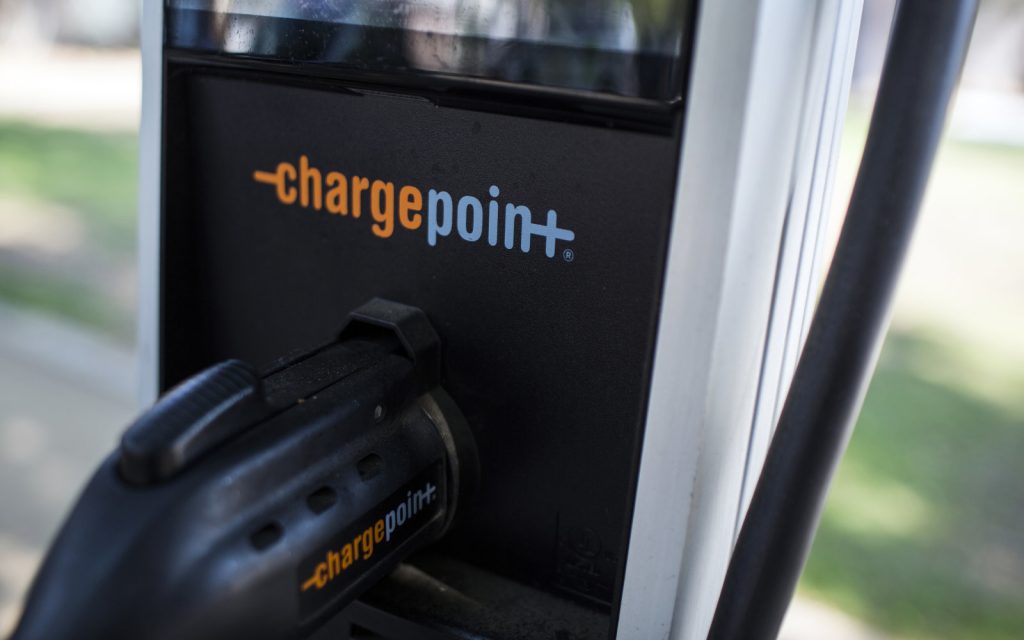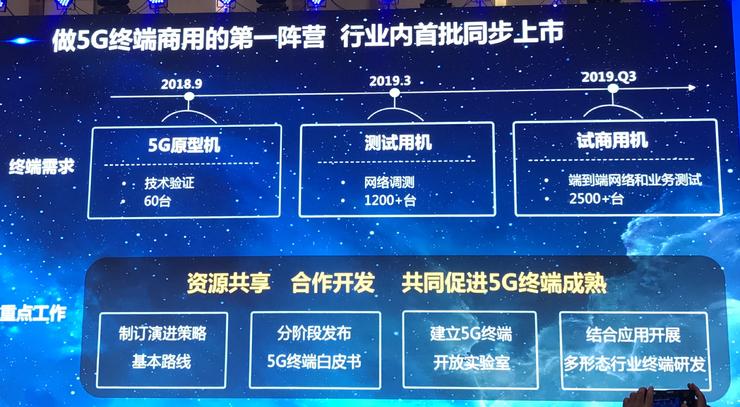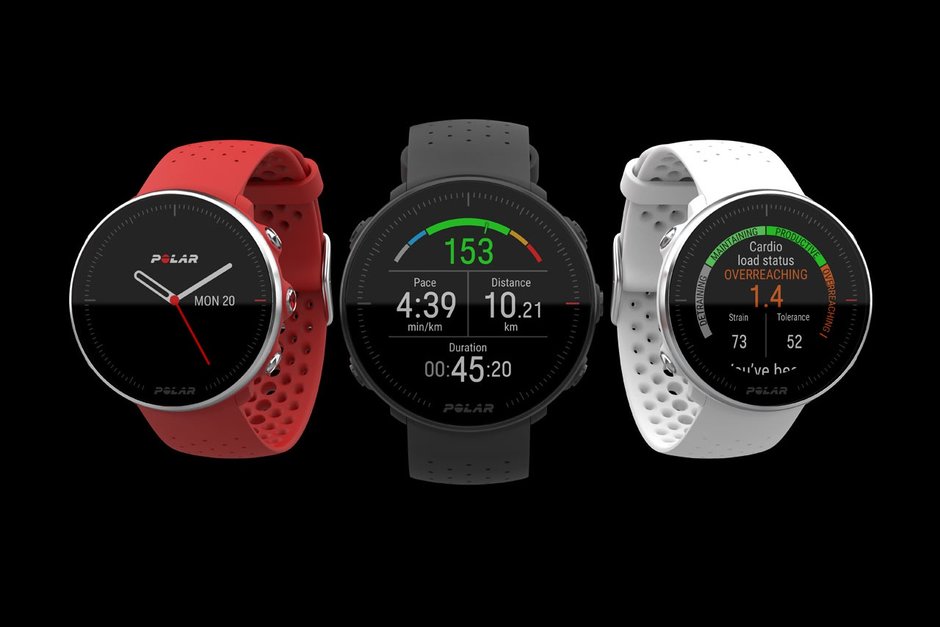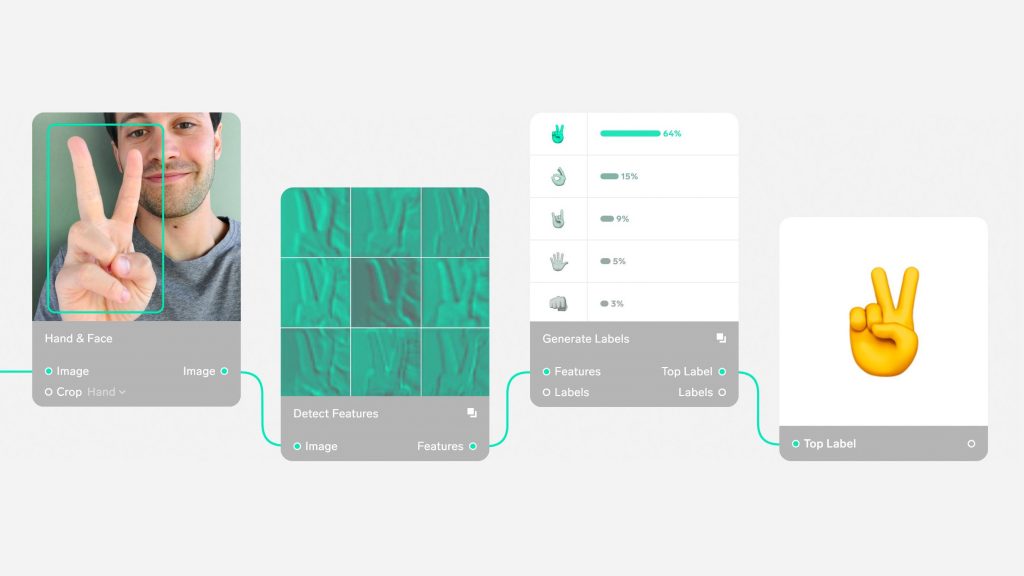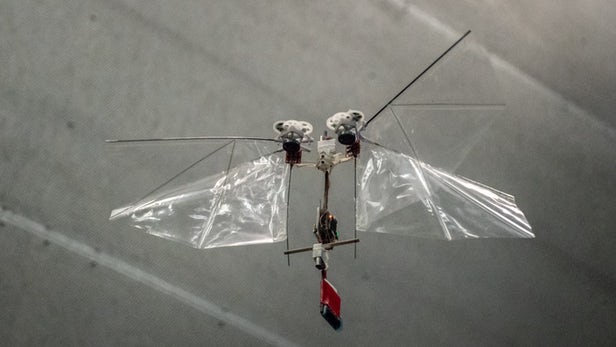
09-16: LGD has reportedly been selected as a secondary supplier of flexible OLED panels for Apple iPhone; Goodix expects that in 2019 smartphones at CNY1000 price segment would adopt in / under display fingerprint scanner; etc.
Touch Display
The penetration rate of all-screen displays to total smartphone panel shipments reached 55% in 2Q18 compared to 42% a quarter earlier, according to Sigmaintell Consulting. By vendors, Samsung Display, Tianma Microelectronics, BOE Technology and AU Optronics (AUO) are the top 4 suppliers for all-screen panels. It has estimated that the ratio of all-screen models to all smartphone panel shipments to reach 60% by year-end 2018 and to 90% in 2020, with AMOLED and LTPS models accounting for 90% of all-screen panels. (Digitimes, press, Sigmaintell, press)
LG Display (LGD) has reportedly been selected as a secondary supplier of flexible OLED panels for Apple iPhone. The company is preparing to begin mass-production of OLED panels at 2 manufacturing lines of its E6 plant, which have been operational only for a test run until recently. It also has the E5 OLED plant currently up and running, but the facility has been utilized mainly for R&D projects. (Apple Insider, The Investor, CN Beta, Sohu)
AUO Care, a subsidiary of AU Optronics (AUO), has teamed up with Suang-Lien Elderly Center in northern Taiwan to deliver real-time IoT-based smart healthcare solutions for elderly citizens. (Digitimes, press, UDN, Yahoo)
Memory
Samsung Electronics SVP CEO Kim Kinam indicates that at least before 4Q18, NAND demand in the market will not have a big change. Kim Kinam expects that the memory demand in 2019 will be strong. (My Drivers, EX Preview, CN Beta)
Sensory
nuTonomy has released a self-driving dataset called nuScenes that it claims surpasses in size and accuracy public datasets like KITTI, Baidu’s ApolloScape, and the Udacity Self-Driving Car library. Scale, a San Francisco-based data labeling startup, provided annotations. nuTonomy compiled more than 1,000 scenes containing 1.4M images, 400,000 sweeps of lidars (laser-based systems that judge the distance the distance between objects), and 1.1M 3D bounding boxes (objects detected with a combination of RGB cameras, radar, and lidar). (VentureBeat, nuScenes)
Biometrics
IC design houses in Taiwan and China including Egis Technology (Egistec), Goodix Technology, FocalTech Systems and Silead Microelectronics are gearing up to upgrade and expand their offerings to better cash in on rapid increases in global demand for biometric identification chips, with their shipments of such products expected to surge in 2019, according to Digitimes. (Digitimes, press, Digitimes)
Goodix has officially apologized to OPPO for not able to deliver promised supplies to the latter due the pressure from other companies. (CN Beta, EX Preview)
Goodix chairman Zhang Fan expects that in 2019 smartphones at CNY1000 price segment would adopt in / under display fingerprint scanner. By end 2018, Goodix will have 3D structured light products. He reveals that Goodix now has more than 270 patents for in / under display fingerprint scanner. (My Drivers, CN Beta)
Battery
Tesla says the setup will include roughly 200,000 solar panels, or 70 megawatts. While this is not the largest solar setup in the world, it might be the largest rooftop array. Tesla would probably know, seeing how it owns SolarCity, which specializes in rooftop solar installments. (My Drivers, Electrek, CNET)
Android Pie is introducing Adaptive Battery, which aims to stop apps sucking-up battery life in the background; and Adaptive Brightness, which automatically adjusts the screen depending on the environment the phone is in. DeepMind’s AI analyses how people with Android devices use their apps. The machine learning model learns patterns of app usage – stripping away apps names and details to stop them being treated with any bias – to predict which ones are used regularly. Each app is then assigned a probability of how likely it is to be opened. (Wired, article, CN Beta)
While preparing to launch 5G-enabled smartphones in 1H19, most major handset vendors are reportedly seeking new thermal management solutions in response to heat dissipation requirements under high-speed 5G environments, according to Digitimes. In line with 5G roadmaps of these Android handset makers, a number of Taiwan-based cooling module companies, including Auras Technology, Chaun-Choung Technology (CCI) and Taisol Electronics, have reportedly landed thermal solution orders, or have begun delivering related new samples to clients. (Digitimes, press, Digitimes)
ChargePoint, operator of one of the world’s largest charging station networks for electric vehicles (EV), is targeting a near 50-fold increase in its global network of loading spots by the middle of next decade. The group, in which BMW, Daimler and Siemens hold stakes, aims to operate 2.5M charging points by 2025, up from a network of around 53,000 currently. (Reuters, Engadget, TechCrunch, Electrek)
Connectivity
OnePlus co-founder Carl Pei reveals that the company’s next phone (likely the OnePlus 6T) will not have a dedicated headphone jack. He says removing it makes room for new technologies (possibly including an in-display fingerprint reader and/or a higher capacity battery). (Gizmodo, TechRadar, Liliputing, My Drivers)
China Telecom marketing SVP Lu Liangjun reveals that the company will be the first to launch 5G devices. China Telecom will begin technology validation of 5G prototype in Sept 2018, with first launch of 60 units of 5G prototypes. In Mar 2019, the number of 5G prototypes will increase to more than 1200 units. In 3Q19, the company will launch trial commercial devices, with about 2500 units. (CN Beta, Leiphone, Caixin)
Wearables
Polar announces Vantage V and Vantage M, with built-in GPS, heart rate measurement from the wrist, smart coaching, priced at USD500 and USD280, respectively. (Phone Arena, Polar, ZDNet)
Virtual / Augmented Reality
VR (virtual reality) solutions provider StarVR is moving to shift its operation focus to high-end enterprise applications from the location-based entertainment market, and its next-gen StarVR One headset has won intensive inquiries from potential enterprise clients, especially those in the auto and aerospace sectors, according to company VP Jerry Kao. (Digitimes, press, Yahoo)
Artificial Intelligence
Microsoft has announced that it will be purchasing Lobe, a company based in San Francisco which has been working on AI development tools that attempt to simplify the process and make it accessible to everyone. Lobe’s development tools offer a simple visual experience that makes it easier to understand how data is being interpreted and how decisions are made based on it. (Neowin, Microsoft, TechCrunch)
Automotive
Uber will invest more than USD150M over 5 years to bolster the ride-hailing company’s engineering capabilities, with a new office opening in early 2019, and expand its work in artificial intelligence (AI). (VentureBeat, CNN, TechCrunch, Sina, 163)
Robotics
The DelFly project, run out of the Micro Air Vehicles (MAV) lab at the Delft University of Technology in the Netherlands, has been working since 2005 to build an autonomous robot that can copy the movements of a fruit fly. The team is launching DelFly Nimble, measures 33 cm (13 in) across its wings and weighs 29 g (1 oz). (CN Beta, New Atlas, TU Delft)
E-Commerce
Walmart is ramping up its grocery delivery business on the international stage with today’s announcement that it has acquired the crowdsourced, on-demand delivery marketplace Cornershop for USD225M. (TechCrunch, WSJ, Market Watch, Baijiaohao)

